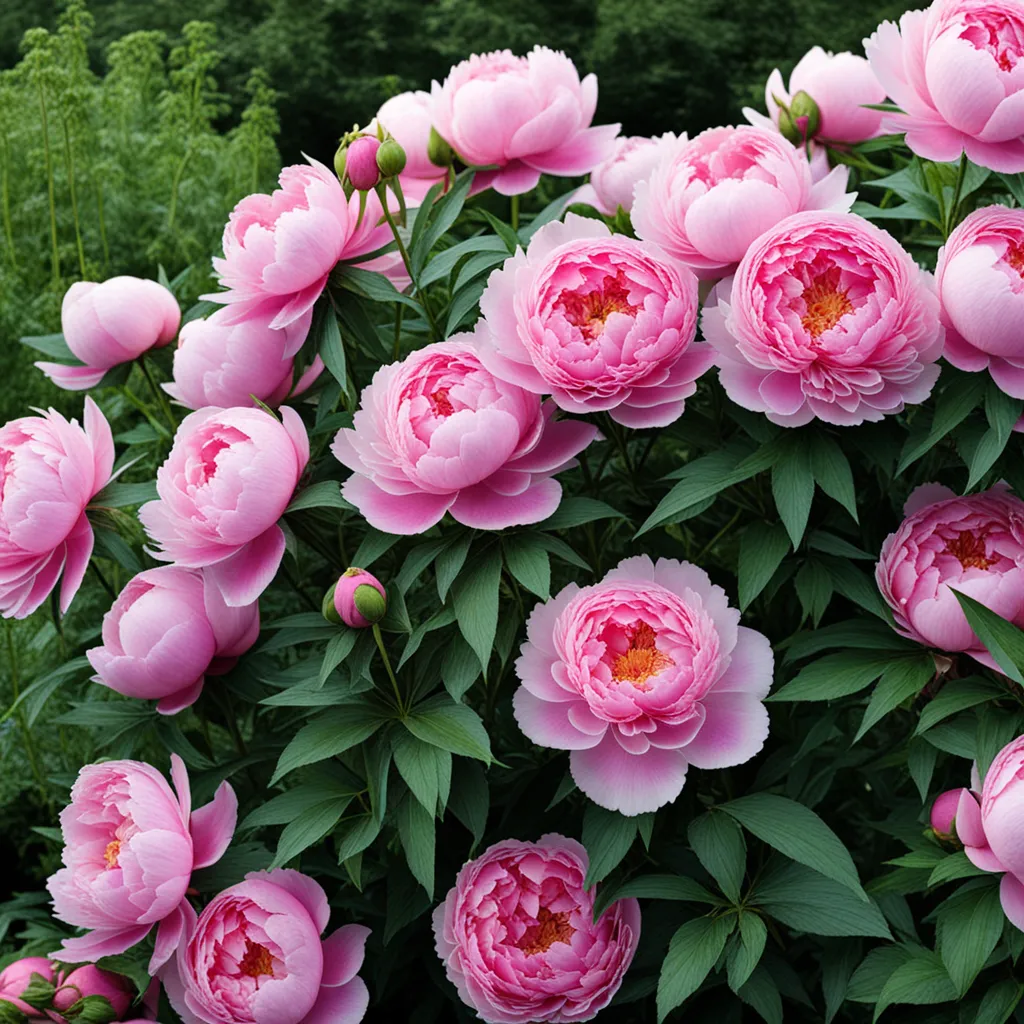How to Plant Peonies: A Guide to Cultivating Beautiful Blooms
How to Plant Peonies: A Guide to Cultivating Beautiful Blooms
Peonies, with their lush, full blooms and sweet fragrance, are a favorite among gardeners and floral enthusiasts. Knowing how to plant peonies can ensure these stunning flowers enhance your garden for years to come. This guide provides step-by-step instructions and tips for planting peonies, helping you grow a vibrant and flourishing garden.

Choosing the Right Peonies
Before planting, decide which type of peony suits your garden:
- Herbaceous Peonies: These die back in winter and return in spring, offering a variety of colors.
- Tree Peonies: Woody shrubs that do not die back and have larger blooms.
- Intersectional Peonies: A hybrid of the first two, with tree peony flowers and herbaceous growth habit.
Selecting the Planting Site
Peonies thrive in a well-chosen location:
- Sunlight: Choose a spot that receives at least six hours of sunlight daily.
- Soil Conditions: Ensure the soil is well-draining. Peonies do not fare well in waterlogged soil.
- Space: Give each plant enough space, about 3-4 feet apart, to allow for growth and air circulation.
Preparing for Planting
Proper preparation is key to growing healthy peonies:
- Soil Preparation: Amend the soil with compost or well-rotted manure to provide nutrients.
- Planting Time: The best time to plant peonies is in the fall, about six weeks before the ground freezes.
Planting Process
1. Planting Depth and Orientation
- The planting depth is crucial for peonies. Plant the roots so that the eyes (small red buds) are no more than 2 inches below the soil surface.
- For bare-root peonies, ensure that the eyes face upwards.
2. Digging the Hole
- Dig a hole large enough to accommodate the root spread without bending them.
3. Placing and Covering the Roots
- Place the roots in the hole and gently spread them out.
- Fill the hole with soil and gently firm it down.
Aftercare for Peonies
Proper care is essential for your peonies to thrive:
- Watering: Water the peonies regularly, keeping the soil moist but not soggy.
- Mulching: Apply mulch to retain moisture and regulate soil temperature.
- Fertilizing: Use a low-nitrogen fertilizer in the spring as the new growth appears.
- Support: Tree and intersectional peonies may require staking to support their heavy blooms.
Common Problems and Solutions
Be aware of common issues like fungal diseases and how to address them:
- Fungal Diseases: Ensure good air circulation and avoid overhead watering to prevent fungal diseases.
- Pests: Keep an eye out for common pests like aphids and treat them as necessary.
Conclusion
Planting peonies can be a rewarding experience, yielding years of beautiful blooms. By choosing the right location, preparing the soil, planting at the correct depth, and providing ongoing care, you can ensure your peonies grow healthy and strong.
As you nurture your peonies, remember that gardening is not just about the blooms; it's about the growth and learning that happens along the way. So, roll up your sleeves, dig into the soil, and enjoy the journey of growing these magnificent flowers. Happy gardening!